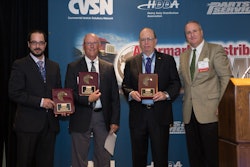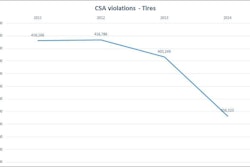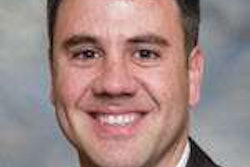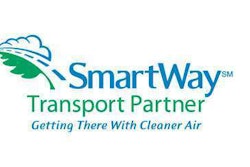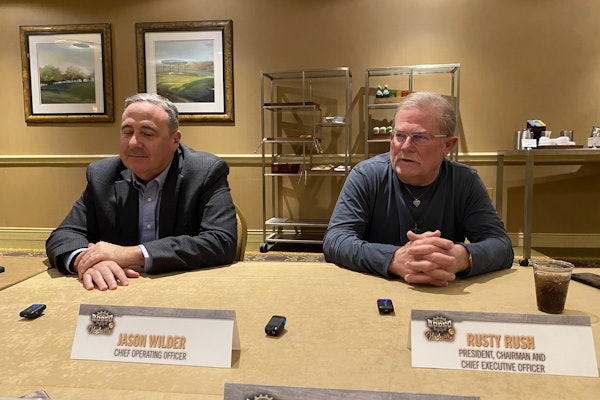Did you write a ‘thank you’ note yet?
If you’re an independent heavy-duty service provider who stands to benefit from the revolutionary heavy-duty access to repair information Memorandum of Understanding (MOU) that was announced last month, I can tell you right now, you owe a debt of the gratitude to the Commercial Vehicle Solutions Network (CVSN).
The amount of time and money CVSN has committed over the last decade to defend your business and way of life is unbelievable. The independent aftermarket doesn’t score this win with- out them.
In forming the Commercial Vehicle Right to Repair Coalition, CVSN was able to pull support from nearly a dozen associated aftermarket businesses, and created an alliance that was strong enough to stand toe-to-toe with the heavy-duty OEM community. The Commercial Vehicle Right to Repair Coalition made the independent aftermarket formidable, and CVSN was its backbone.
This debate could have gone another way.
When the automotive industry agreed to its right to repair MOU last year, it left the heavy-duty industry out on the street.
The two sides had worked together to pass legislation in Massachusetts and were working toward other state legislation when the light-duty OEMs relented, and agreed to talk compromise. But their heavy-duty counterparts didn’t join them, and rather than wait around, the light-duty aftermarket seized its opportunity. A national automotive MOU was signed not long after, in January 2014.
You can’t blame the automotive aftermarket for what it did.
It had been battling its OEM counterparts for many years—longer than the heavy-duty independent aftermarket—and when finally presented with a solution it could accept, it jumped on it.
That was the right call. Had the situation been reversed, I would have advocated heavy-duty independent aftermarket leaders do the same thing.
When you battle like the auto aftermarket had for years, you don’t turn down a truce when one is finally presented. Especially one that covers an overwhelming majority of your demands.
But when the automotive industry decided to move forward alone, it put our industry in a tight spot. The heavy-duty independent aftermarket’s need for a right to repair agreement was just as strong as its light-duty contemporaries, but it lacked a similar level of public support.
That’s when CVSN really stepped up. Led throughout by Marc Karon, president at Total Truck Parts and chairman of the Commercial Vehicle Right to Repair Coalition, and Dave Scheer, CEO at Inland Truck Parts, CVSN didn’t let the momentum it had gained from its work with the automotive industry go to waste.
The group lobbied harder than ever for a resolution. The work in Massachusetts and other states had been exhaustive, but it was progress.
It was about the time the auto industry published its MOU that Karon and CVSN willed its Coalition to the negotiating table with the Truck & Engine Manufacturers Association (EMA).
Movement was slow but steady. Neither side wanted to return to legislative talks—CVSN didn’t want to retreat, and OEMs had no interest in fighting the same battle 49 more times—so, in time, arguments and differences gave way to compromise and acceptance.
CVSN was on the front lines throughout.
“I think it is vitally important to understand the roll CVSN played in the successful achievement of this MOU,” Karon says. “The [CVSN] board fully funded the effort with almost all of its discretionary budget. Both Dave Scheer and I had unquestioned support from the board and our success really belongs to them.”
So three months from now when your techs are resetting diagnostic codes in your bay instead of driving 20 minutes to your nearest dealer, remember who helped give you that opportunity.
And remember to say “thank you.”

